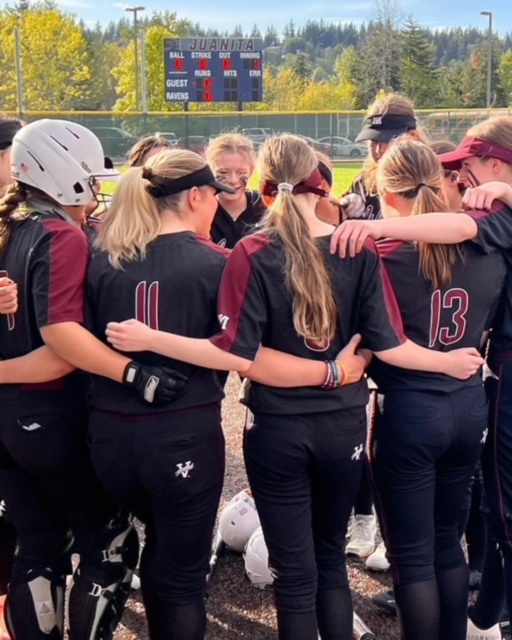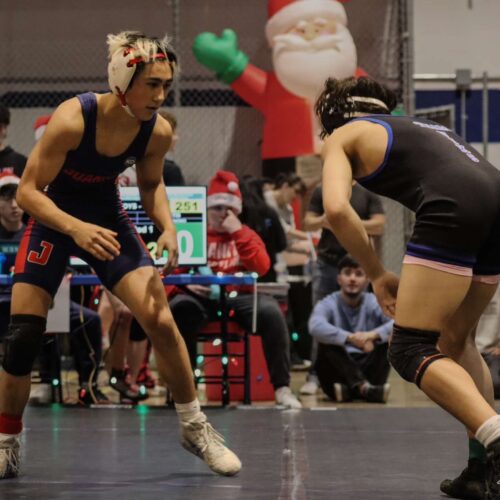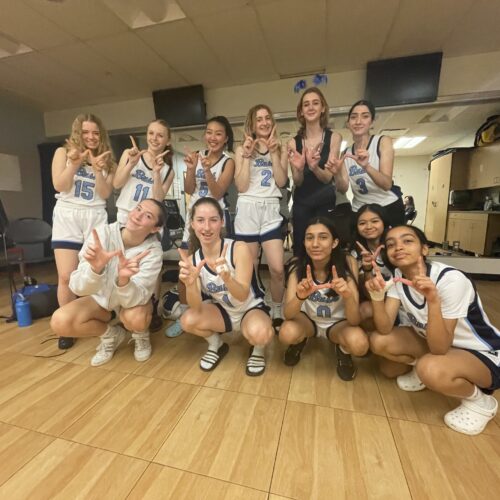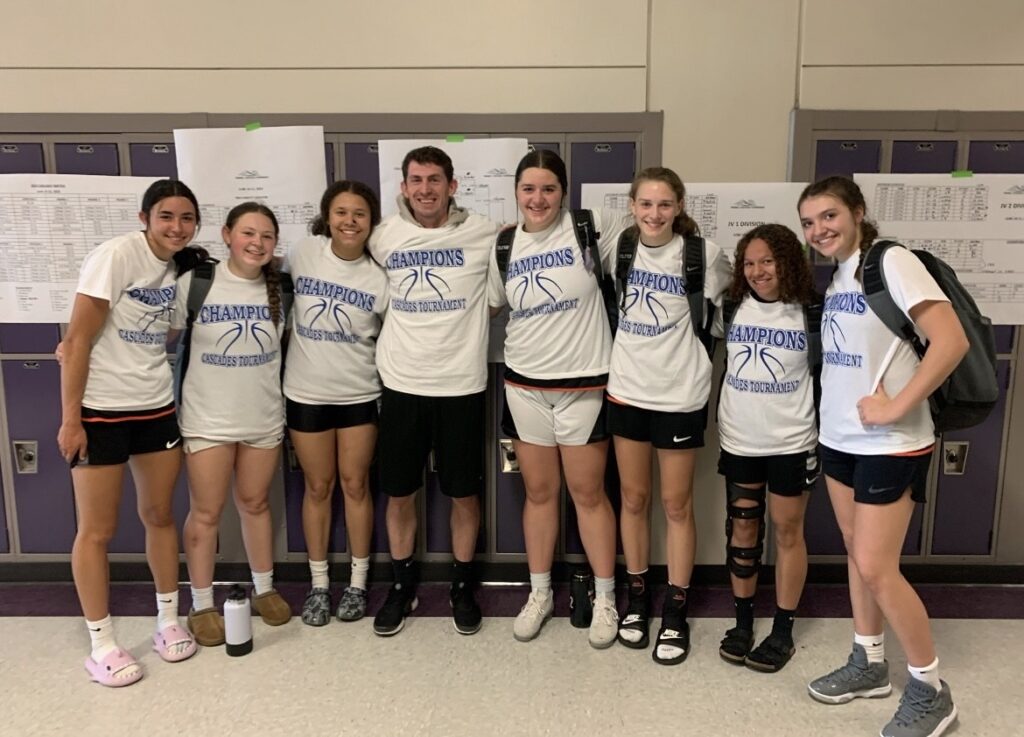 It’s time to move on. This won’t be the last time life whispers these words, but as a 17-year-old on the brink of life beyond high school, it feels like the first. I’ve always lived in Walla Walla, Washington, in the shadow of the Blue Mountains and on the cusp of the Palouse. This valley has been my teacher, playground, and friend. People told me the time to leave would come. Now I’m starting to believe it.
It’s time to move on. This won’t be the last time life whispers these words, but as a 17-year-old on the brink of life beyond high school, it feels like the first. I’ve always lived in Walla Walla, Washington, in the shadow of the Blue Mountains and on the cusp of the Palouse. This valley has been my teacher, playground, and friend. People told me the time to leave would come. Now I’m starting to believe it.
This transition from childhood to adulthood, from dependence to independence, is scary. In reality, no one is really kicking me out of Walla Walla. I’m profoundly lucky that, if I chose to, I could probably crash in my parents’ basement and mooch off their groceries indefinitely. Even though that sounds like a perfectly fulfilling way to spend my twenties, I know it’s time to leave. In part, I’ve gained this understanding with the help of lessons I learned playing sports.
All things end. When the sports season ends, the magic of a tight-knit team dynamic fades. In some ways, the connections between my teammates and me will last forever. However, even a group bond forged in the searing flame of late-night hotel room Mario Kart tournaments, mid-run lectures from disgruntled landowners, and Olive Garden breadstick feasts isn’t the same after the season ends. Like the painful end of a relationship with a significant other, a long weekend terminated by the buzz of an alarm clock, the world’s best book and its heart-wrenching finale, or the stark transition away from high school, a sports season sputters to a halt.
For four years, I’ve been a high school student-athlete. My last sports season is now behind me. Lately, I have appreciated how my athletic career has shaped me, empowering my humanity, perspective, and joy.

Humanity
We are high school student-athletes. We are the bed-headed ones. We run for two days too many in smelly T-shirts, lock the keys in the car, and get lost in shopping malls at away meets. We give big hugs, stumble over words, make amazing discoveries, screw up, and laugh. We are messy individuals with hopes and faults and colorful dreams. We are people.
A runner builds the endurance needed to sustain healthy relationships. A thrower develops the strength to defend their values in uncomfortable situations. A soccer player nurtures coordination for juggling complex obligations. A dancer hones the flexibility that’s demanded when plans go wrong. A bowler eats waffle fries. When we play sports, we train for life.

Perspective
It’s hard to take yourself too seriously after a buddy shares pictures of you during a cross-country race. Something about sweaty, sunburned agony caught in 4K makes life seem goofy. At its best, in my humble opinion, it is. The situations we humans get ourselves into are pretty ridiculous. I don’t think any self-respecting extraterrestrial could look at a swimmer shivering in their Speedo before the 50-yard freestyle and imagine that humans are dignified creatures.
Sports have helped me contextualize life. Between high-stakes competitions and exhausting practices, I have treasured what’s most important: connections with those around me, sovereignty over my body, and living in the moment. I’m not a pessimist, but I know I will die someday. As an athlete, that has meant supporting every teammate and running every race like it’s a gift. I’ve run how I aspire to live.

Joy
It’s important to have fun while playing sports because it’s important to have fun. To realize our visions of a brighter future, we must enjoy life. Doing what’s right requires believing that this world is good and worthy of more goodness.
When I play sports, I celebrate goodness daily. I hear goodness in quirky conversations, see goodness in jaw-dropping sunsets, and feel goodness in the satisfying burn of workouts. I believe spending quality time with others while pursuing shared interests is fundamentally good. Dribbling, throwing, and jumping alongside teammates taps into a set of deep, intuitive joys: the joys of movement and camaraderie. I have trouble defining what joy is, but I know that the spontaneous, uncapturable giddiness that flies out of teenagers on recovery runs is a powerful force for good.
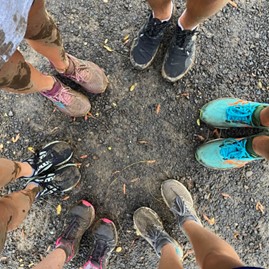
For me, high school sports have been tiring and demanding, rewarding and inspiring, and memorable and formative. Some practices were bad, but most were great. Some races almost broke me, but more of them made me proud. I met friends I could lean on, pushed myself, and learned from awesome coaches and peers. A sports career doesn’t last forever, but its lessons endure.
I’m excited for my next chapter. The world is calling, and I’m ready for new beginnings. I strive to continue channeling my humanity, perspective, and joy as I grow. To me, the purpose of athletics is similar to the purpose of life: to do what you love with the people you love.

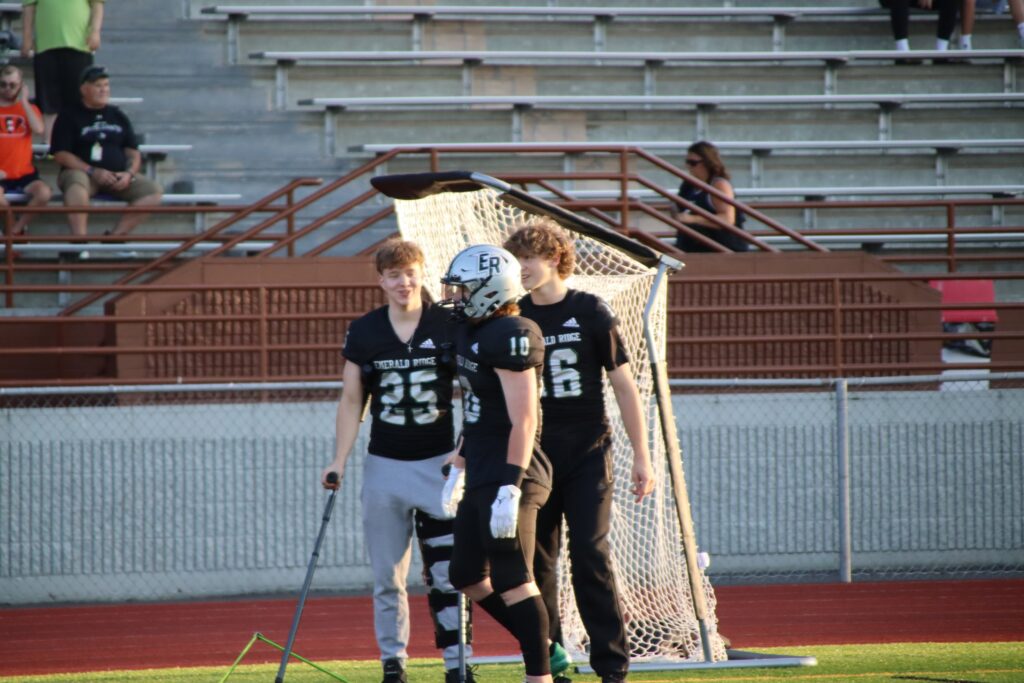




 Statistics show that a little over 7% of high school athletes continue to play at the college level of athletics after high school. With about 8 million high schoolers participating in sports throughout the United States, the amount of opportunities there are available to those who are interested in continuing their careers past high school is limited. Even disregarding scholarship availability, the chance to compete at the college level even in small community colleges can give athletes the chance to create relationships and memories with people that they’ll carry on through the rest of their lives. But why is it that such a small percentage of high school teenagers don’t move on to the college level once they graduate?
Statistics show that a little over 7% of high school athletes continue to play at the college level of athletics after high school. With about 8 million high schoolers participating in sports throughout the United States, the amount of opportunities there are available to those who are interested in continuing their careers past high school is limited. Even disregarding scholarship availability, the chance to compete at the college level even in small community colleges can give athletes the chance to create relationships and memories with people that they’ll carry on through the rest of their lives. But why is it that such a small percentage of high school teenagers don’t move on to the college level once they graduate?

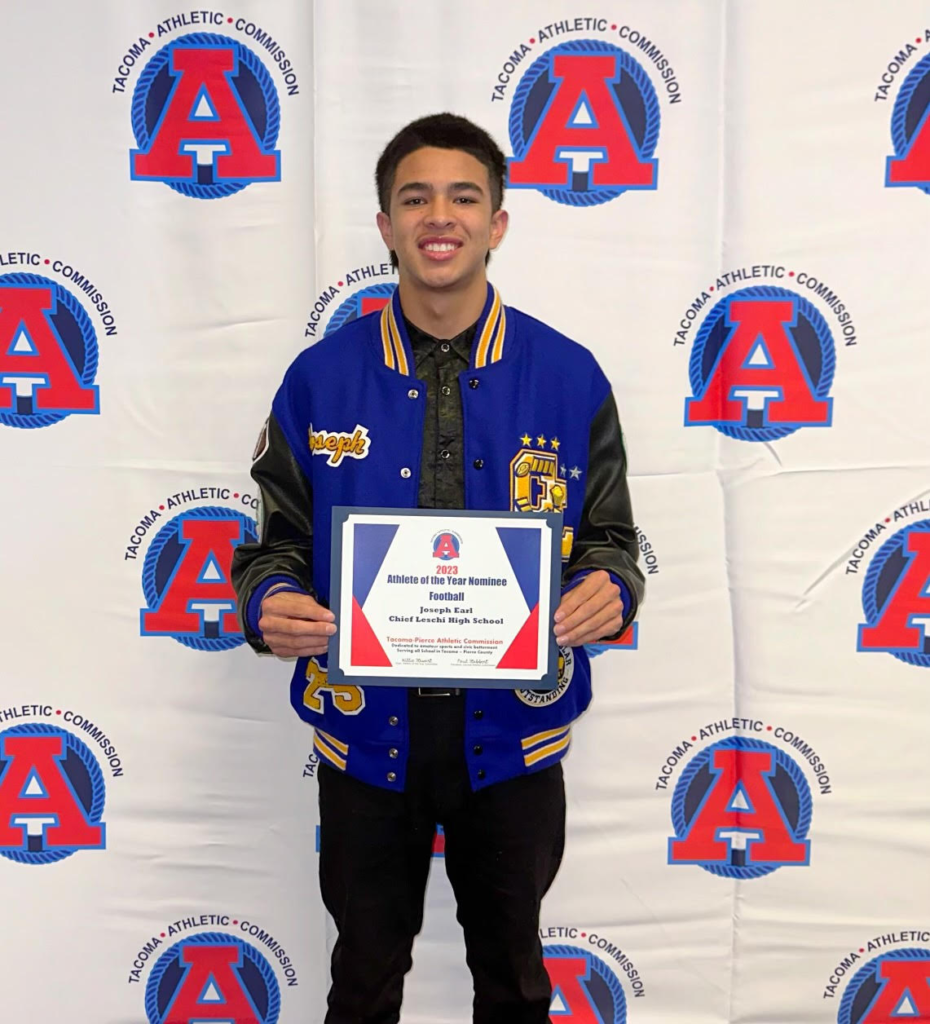
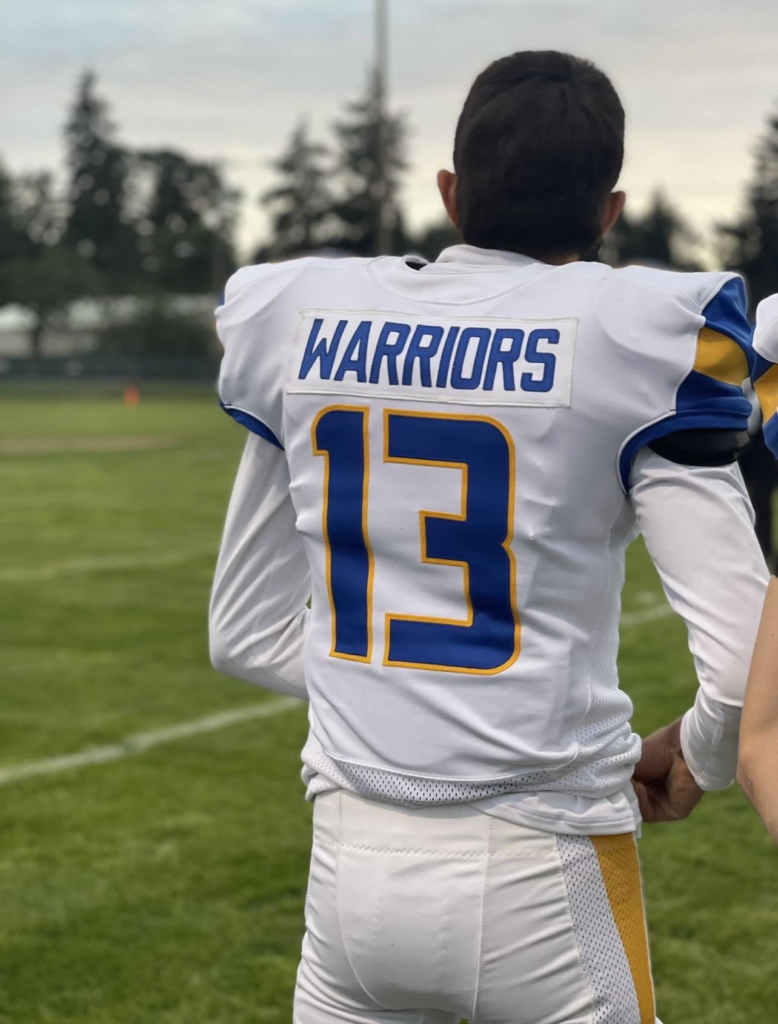

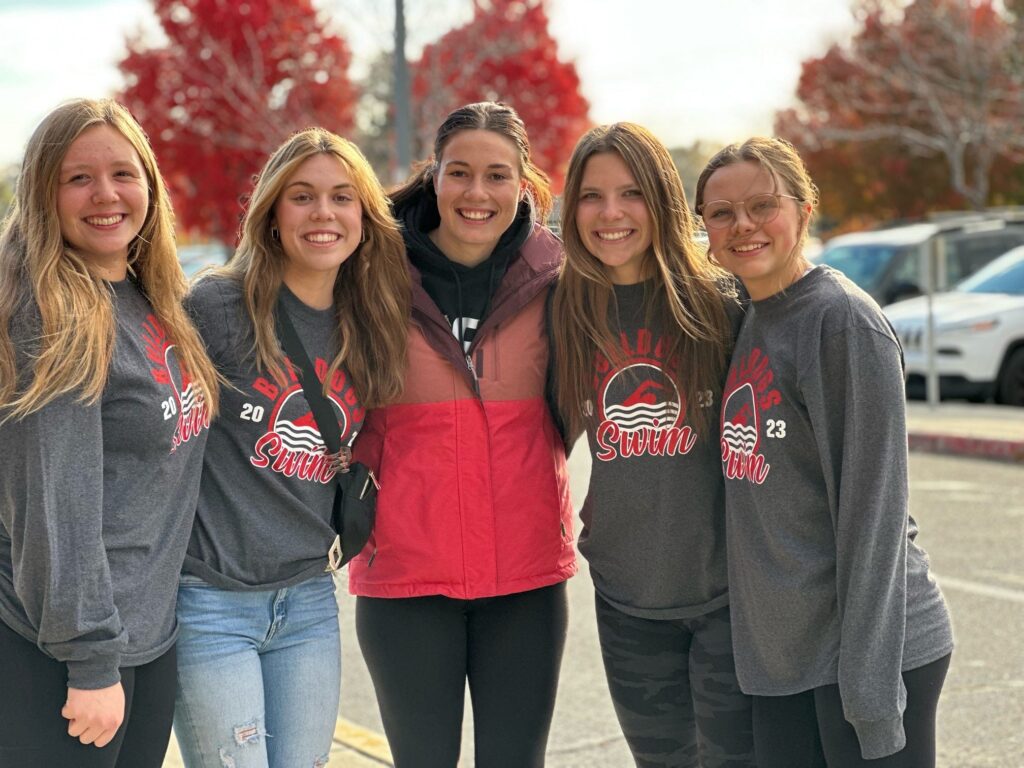



 It’s time to move on.
It’s time to move on. 





